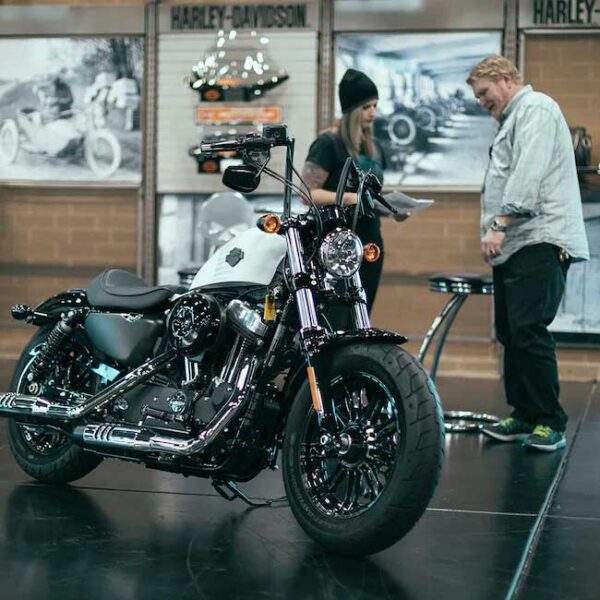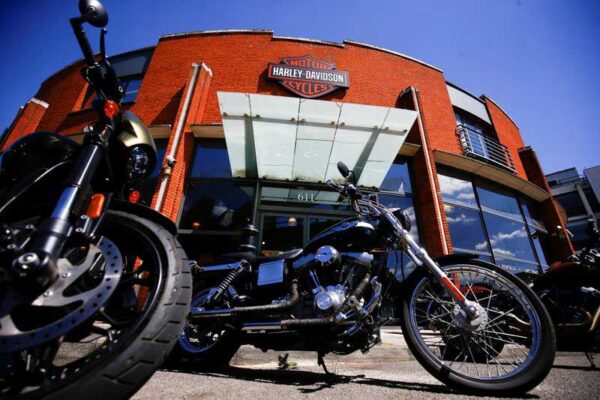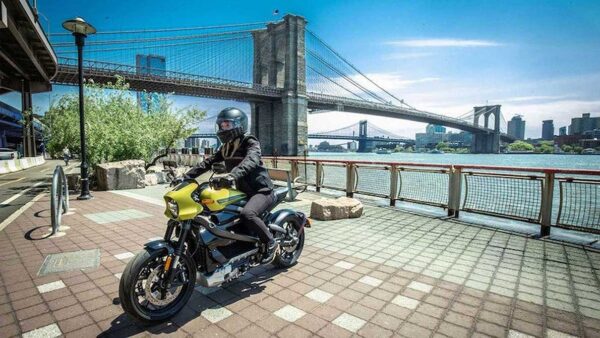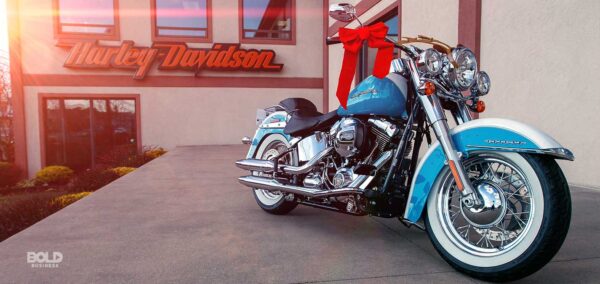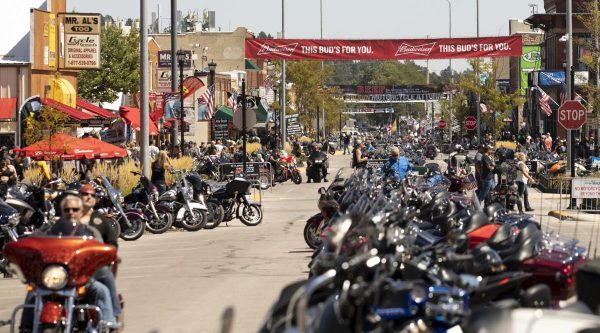Bikernet.com Revenue Challenge
A Few Good Men needed for A Fistful of Dollars ! Editorial from Bikernet.com on online revenue and opportunities for your small business. Almost every week Bikernet.com gets hit with requests to publish articles supporting various products unrelated to motorcycling and motorcyclists. Some examples would be cannabis goods, or online gambling entities. They even offer to pay us a sum of $100 for publishing their articles on Bikernet.com and leaving it there forever with links to their businesses. Of course, we could use additional income, but we don’t like the notion of offering up space on Bikernet.com for products or services that have nothing to do with motorcycling lifestyle. We would much rather have our industry be represented for the very same fee. So, we want you all to know that we will be happy to make that same offer to the chopper world. We will publish your tech or new product or service related articles on Bikernet.com with your photos, links and banner for a flat fee of $100. This article will be promoted on our award-winning Blog, and our growing social-media empire, and it will be ultimately archived on Bikernet forever, always working for you. We are online for people and businesses such as you since 1996 and we will make it worth your while. Additionally, we throw in our editorial expertise and clipart gallery for your articles for free. There you have it. We would much rather cover your products than a suspicious gambling cartel phishing on our turf. — Bandit & the Bikernet Crew
Bikernet.com Revenue Challenge Read More »



